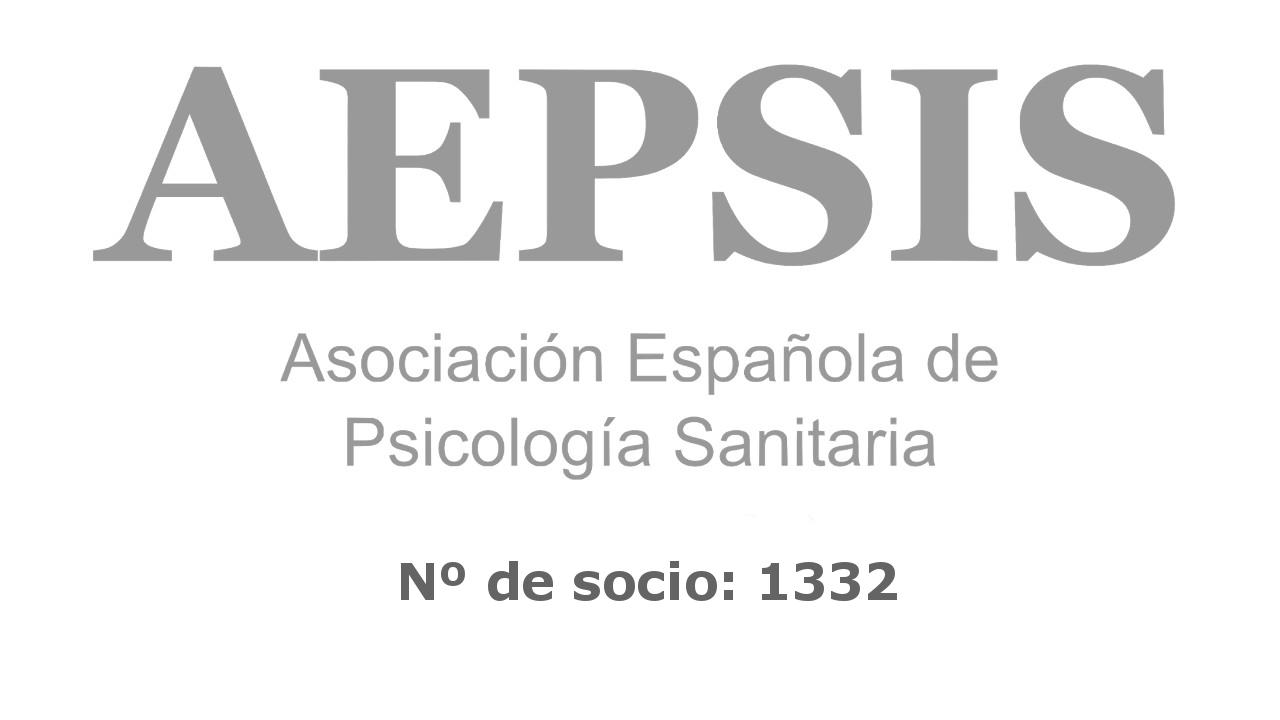Preparación de Inglés Aeronáutico ICAO (Niveles 4, 5 y 6)
Objetivos generales
- Alcanzar y certificar como mínimo el ICAO Level 4 (operacional).
- Desarrollar fluidez, precisión gramatical, amplitud léxica y capacidad de interacción propias del ICAO Level 5 y 6.
- Manejar la fraseología estándar OACI y complementarla con plain English en situaciones no rutinarias.
- Mejorar la pronunciación, claridad y comprensión en comunicaciones piloto–controlador.
Estructura del curso
Módulo 1 – Introducción a la competencia lingüística OACI
- Objetivos del examen (estructura, evaluación, criterios ICAO: pronunciación, gramática, vocabulario, fluidez, comprensión e interacción).
- En inglés: Overview of ICAO language proficiency requirements.
- Actividad: analizar ejemplos de grabaciones ICAO Level 3, 4 y 5 y comparar.
Módulo 2 – Fraseología estándar
- Radiotelefonía básica y avanzada:
- Clearances, taxi, take-off, climb, cruise, descent, approach, landing.
- Emergencias: PAN PAN, MAYDAY.
- Ejemplo en inglés:
- “Cleared to land runway 27, wind 280 degrees at 10 knots.”
Módulo 3 – Plain English en aviación
- Expresarse más allá de la fraseología.
- Temas: desvíos meteorológicos, fallos técnicos, pasajeros problemáticos, pérdidas de comunicación, bird strikes.
- Ejemplo en inglés:
- “We are experiencing severe turbulence and request a deviation to the left, 20 miles.”
Módulo 4 – Comprensión auditiva
- Escucha de grabaciones de torre, aproximación y en ruta (con distintos acentos).
- Ejercicios de “fill in the blanks” y preguntas de comprensión.
- Actividad: detectar malentendidos y corregirlos.
Módulo 5 – Producción oral y fluidez
- Técnicas para mejorar la claridad y la entonación.
- Ejercicios de shadowing con grabaciones ATC.
- Práctica de descripciones: aeronaves, meteorología, aeropuertos.
- Ejemplo en inglés (Level 4): “There is fog on final, visibility is poor, request another approach.”
- Ejemplo en inglés (Level 6): “Due to rapidly deteriorating visibility caused by thick fog on final approach, we request vectors for an alternative runway with better weather conditions.”
Módulo 6 – Situaciones de emergencia
- Fallo motor, pérdida de presurización, evacuación, fuego a bordo.
- Role-play con improvisación.
- Ejemplo en inglés:
- “We have smoke in the cabin, declaring Mayday, request immediate vectors to nearest suitable airport.”
Módulo 7 – Preparación del examen ICAO
- Simulaciones de prueba con feedback individual.
- Grabación de respuestas y autoevaluación según criterios ICAO.
- Técnicas para mantener la fluidez bajo presión.
Materiales de apoyo
- Listas de fraseología (Anexo 10 OACI + documentos locales como RD 1180/2018).
- Grabaciones reales (LiveATC, Eurocontrol, FAA).
- Cuadernillo de vocabulario: meteorología, navegación, emergencias, aeronaves, aeropuertos.
- Ejercicios de traducción controlados (español ↔ inglés).
Resultados esperados
- Nivel 4: comunicación clara en situaciones rutinarias y algunas no rutinarias, con limitaciones.
- Nivel 5: mayor fluidez, vocabulario variado, comprensión sólida incluso en condiciones adversas.
- Nivel 6: precisión casi nativa, uso idiomático del inglés, control absoluto en situaciones complejas
Aviation English Course (ICAO Levels 4, 5, and 6)
General Objectives
- Reach and certify at least ICAO Level 4 (operational).
- Develop fluency, grammatical accuracy, lexical range, and interaction skills required for ICAO Level 5 and 6.
- Use ICAO standard phraseology and complement it with plain English in non-routine situations.
- Improve pronunciation, clarity, and comprehension in pilot–controller communications.
Course Structure
Module 1 – Introduction to ICAO Language Proficiency
- Exam objectives (structure, evaluation, ICAO criteria: pronunciation, structure, vocabulary, fluency, comprehension, and interaction).
- Overview of ICAO language proficiency requirements.
- Activity: analyze sample recordings of ICAO Levels 3, 4, and 5 and compare.
Module 2 – Standard Phraseology
- Basic and advanced radiotelephony:
- Clearances, taxi, take-off, climb, cruise, descent, approach, landing.
- Emergencies: PAN PAN, MAYDAY.
- Activity: role-play pilot–ATC with alternating roles.
Module 3 – Plain English in Aviation
- Communicating beyond phraseology.
- Topics: weather deviations, technical failures, unruly passengers, loss of communication, bird strikes.
- Example:
- “We are experiencing severe turbulence and request a deviation to the left, 20 miles.”
Module 4 – Listening Comprehension
- Listening practice with tower, approach, and en-route recordings (with different accents).
- Fill-in-the-blank exercises and comprehension questions.
- Activity: detect misunderstandings and correct them.
Module 5 – Oral Production and Fluency
- Techniques to improve clarity and intonation.
- Shadowing practice with ATC recordings.
- Practice of descriptions: aircraft, weather, airports.
- Example (Level 4): “There is fog on final, visibility is poor, request another approach.”
- Example (Level 6): “Due to rapidly deteriorating visibility caused by thick fog on final approach, we request vectors for an alternative runway with better weather conditions.”
Module 6 – Emergency Situations
- Engine failure, loss of pressurization, evacuation, fire on board.
- Role-play with improvisation.
- Example:
- “We have smoke in the cabin, declaring Mayday, request immediate vectors to nearest suitable airport.”
Module 7 – ICAO Test Preparation
- Test simulations with individual feedback.
- Recording of responses and self-evaluation based on ICAO criteria.
- Techniques to maintain fluency under pressure.
Supporting Materials
- Phraseology lists (ICAO Annex 10 + national documents such as RD 1180/2018).
- Real recordings (LiveATC, Eurocontrol, FAA).
- Vocabulary booklet: meteorology, navigation, emergencies, aircraft, airports.
- Controlled translation exercises (L1 ↔ English).
Expected Outcomes
- Level 4: clear communication in routine and some non-routine situations, with some limitations.
- Level 5: higher fluency, broader vocabulary, strong comprehension even under adverse conditions.
- Level 6: near-native accuracy, idiomatic use of English, full control in complex situations.


